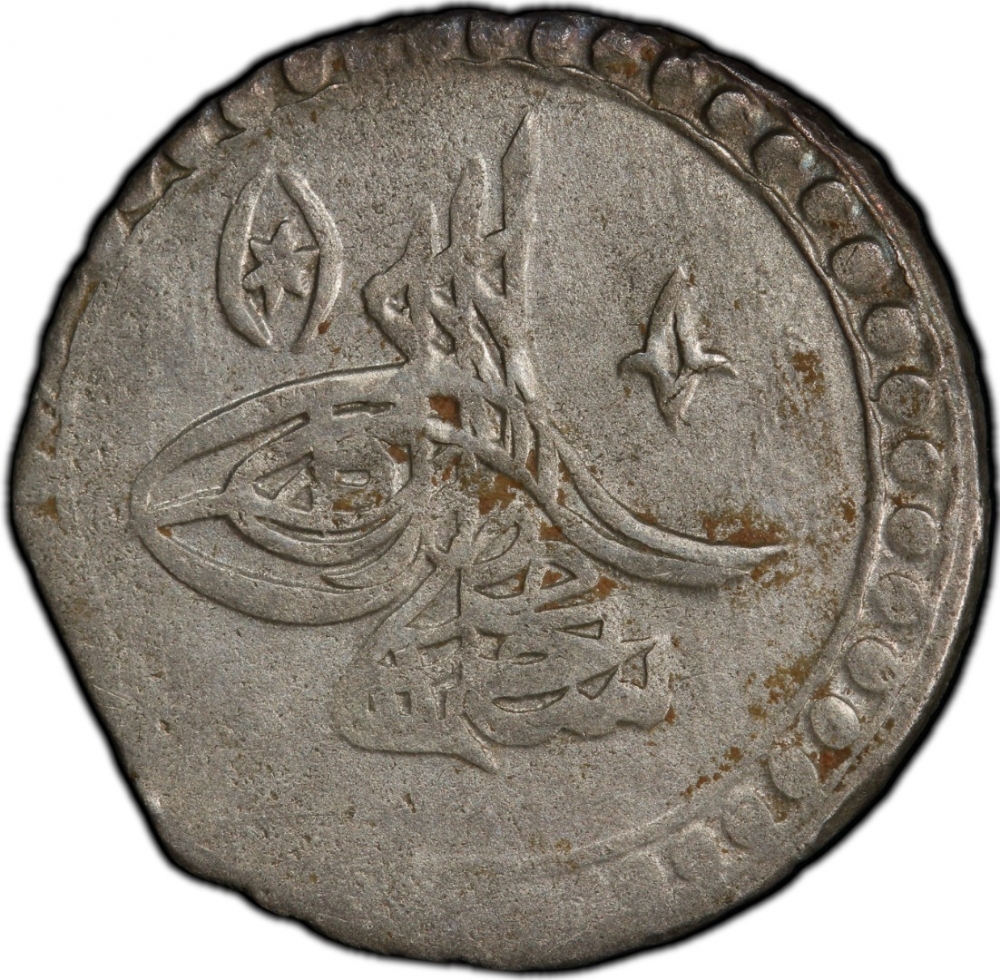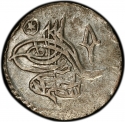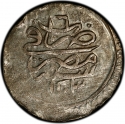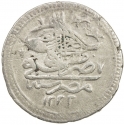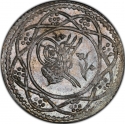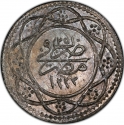You are about to finish your registration. Please check your mailbox (including spam folder). There should be a letter with a confirmation link. Check setting to make sure that your e-mail address is correct.
Send letter againDescription
Selim III (1761–1808) was the Sultan of the Ottoman Empire from 1789 to 1807. Regarded as an enlightened ruler, the Janissaries eventually deposed and imprisoned him, and placed his cousin Mustafa on the throne as Mustafa IV. Selim was subsequently killed by a group of assassins.
After Abdul Hamid's death, Selim succeeded him on 7 April 1789, not yet 27 years old. Sultan Selim III was very fond of literature and calligraphy; many of his works were put on the walls of mosques and convents. He wrote many poems, especially about Crimea's occupation by Russia. He spoke Arabic, Persian, Turkish and Old Bulgarian fluently. Selim III showed great importance to patriotism and religion. He demonstrated his skills in poetry, music and was fond of fine arts and the army.
The Khedivate of Egypt (1867–1914) was an autonomous tributary state of the Ottoman Empire, established and ruled by the Muhammad Ali Dynasty following the defeat and expulsion of Napoleon Bonaparte's forces which brought an end to the short-lived French occupation of Lower Egypt. The Khedivate of Egypt had also expanded to control present-day Sudan, South Sudan, Eritrea, Israel, Lebanon, Jordan, Syria, Greece, Cyprus, southern and central Turkey, and northwestern Saudi Arabia.
The French campaign in Egypt and Syria (1798–1801) was Napoleon Bonaparte's campaign in the Ottoman territories of Egypt and Syria, proclaimed to defend French trade interests, to establish scientific enterprise in the region and ultimately to join the forces of Indian ruler Tipu Sultan and drive away the British from the Indian subcontinent. It was the primary purpose of the Mediterranean campaign of 1798, a series of naval engagements that included the capture of Malta and the Greek island Crete, later arriving in the Port of Alexandria. The campaign ended in defeat for Napoleon, leading to the withdrawal of French troops from the region.
Obverse

|
Tughra in Selim III name with a star between two arches on the left and a lotus flower on the right without value. سليم خان بن مصطفى مظفر دائما |
|---|---|
Reverse

|
Arabic legend with the year of the Sultan's reign on top and Ottoman Turkish legend "Struck in Egypt" and the accession year in Hejira (AH1203) below. ١٣ |
| Edge |
